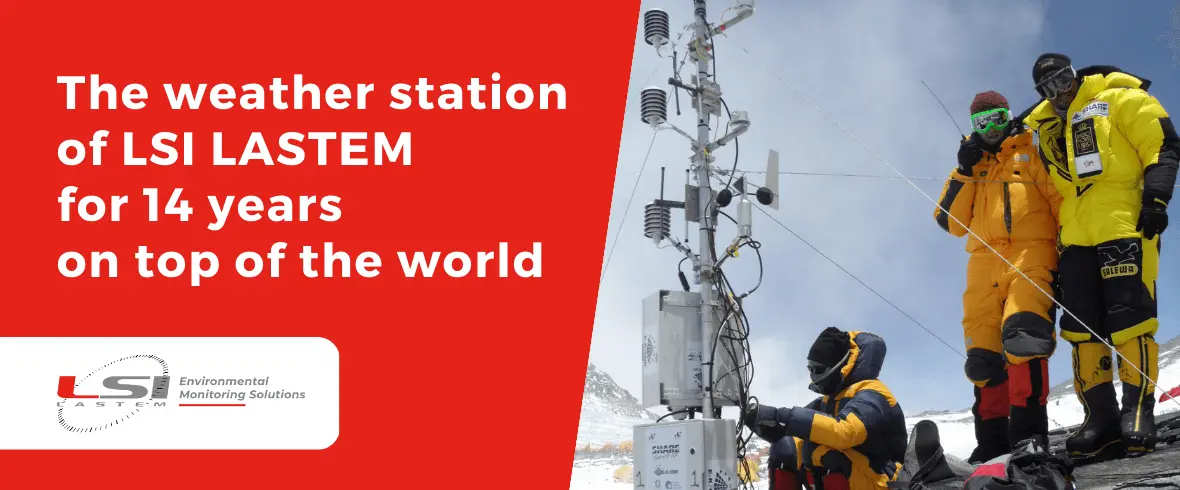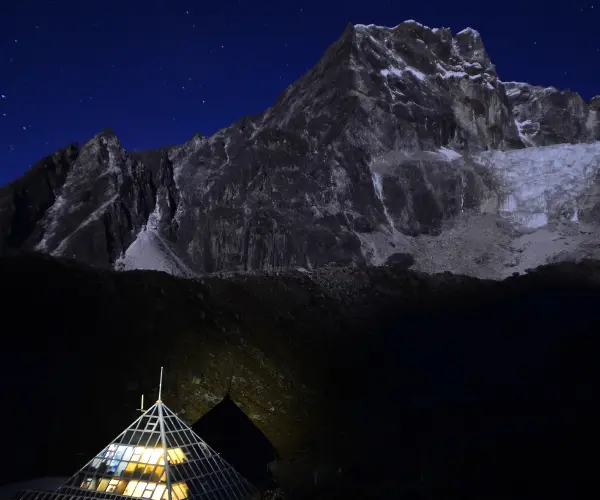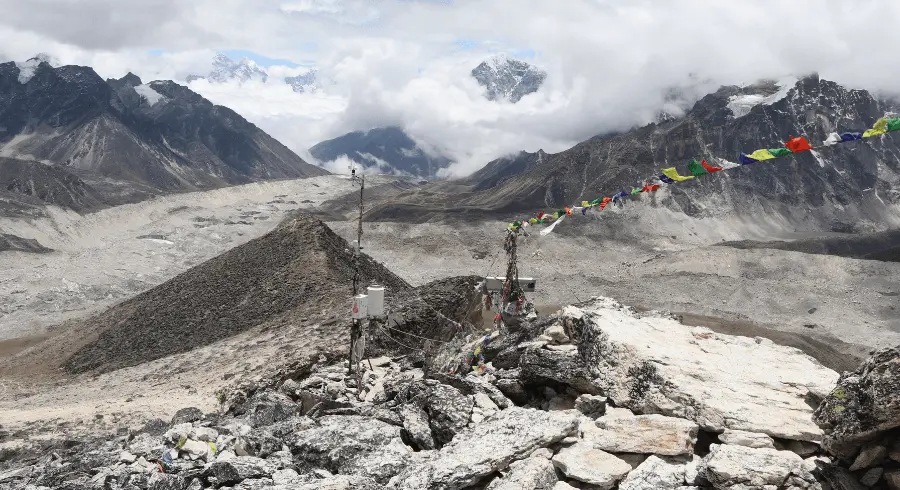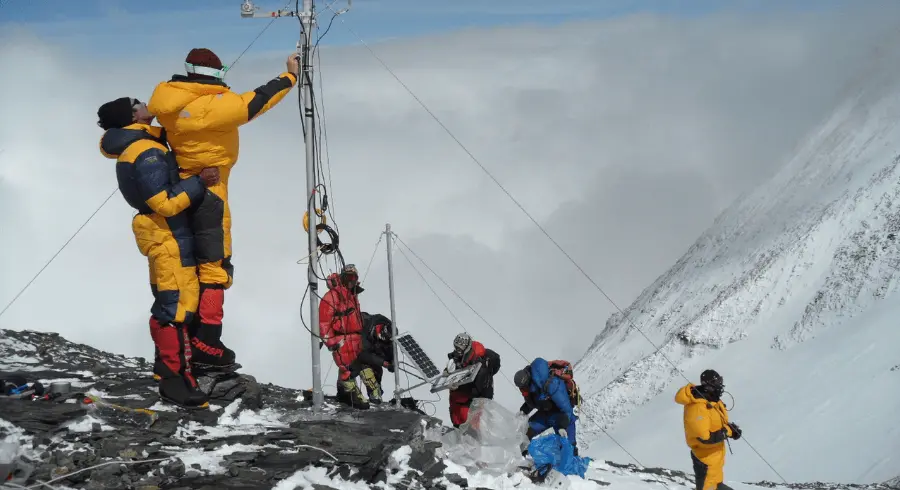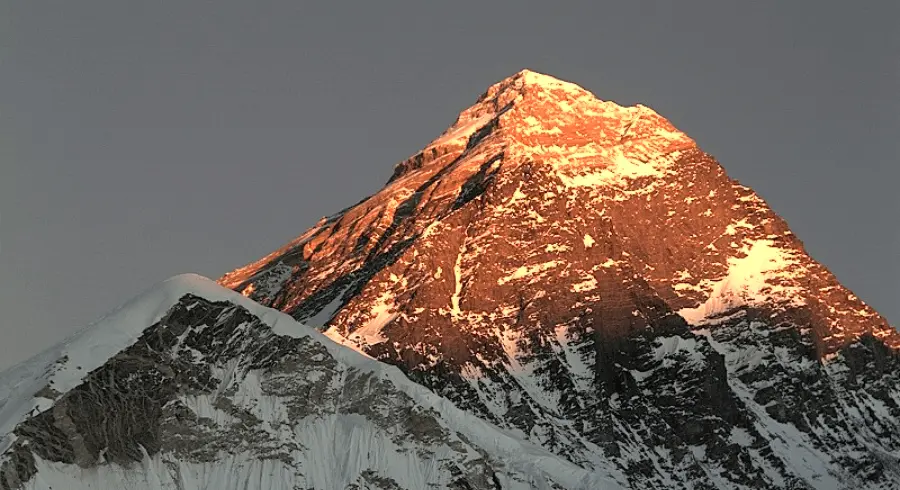The Khumbu valley, Nepal, is part of a long-term environmental monitoring, through 7 LSI LASTEM meteorological stations operating in 7 different sites, from the city of Lukla (2800 m) to the Kala Patthar mountain (5600 m). All of them have been regularly working for over 14 years, although they face the most adverse conditions that occur at such altitudes on a daily basis.
The meteorological instrumentation faces the severe climatic seasons in the Himalayan area, with solidity and data accuracy, including the monsoons with uninterrupted rains for over three months and the dry and cold winters with intense winds and very cold temperatures.
The monitoring activity is managed by the research project of the Pyramid Laboratory and Observatory, located at an altitude of 5,050 m on the slopes of Mount Everest. It is promoted by Ev-K2-CNR (Department of the Italian National Research Council), EvK2Minoprio, NAST (Nepal Academy of Science and Technology) and by some Italian universities, such as UNIMI, UNI Chieti, UNICA and UNIBS.
In November 2022, the weather station on Mount Kala Patthar at 5600 m altitude, fully working since 2008, was updated becoming an AAWS (Advanced Automatic Weather Station) by detecting, in addition, specific microclimatic measurements of radiation and soil temperatures. At the same time, the new EWC (Everest Web Cam) was installed, the highest webcam in the world.

